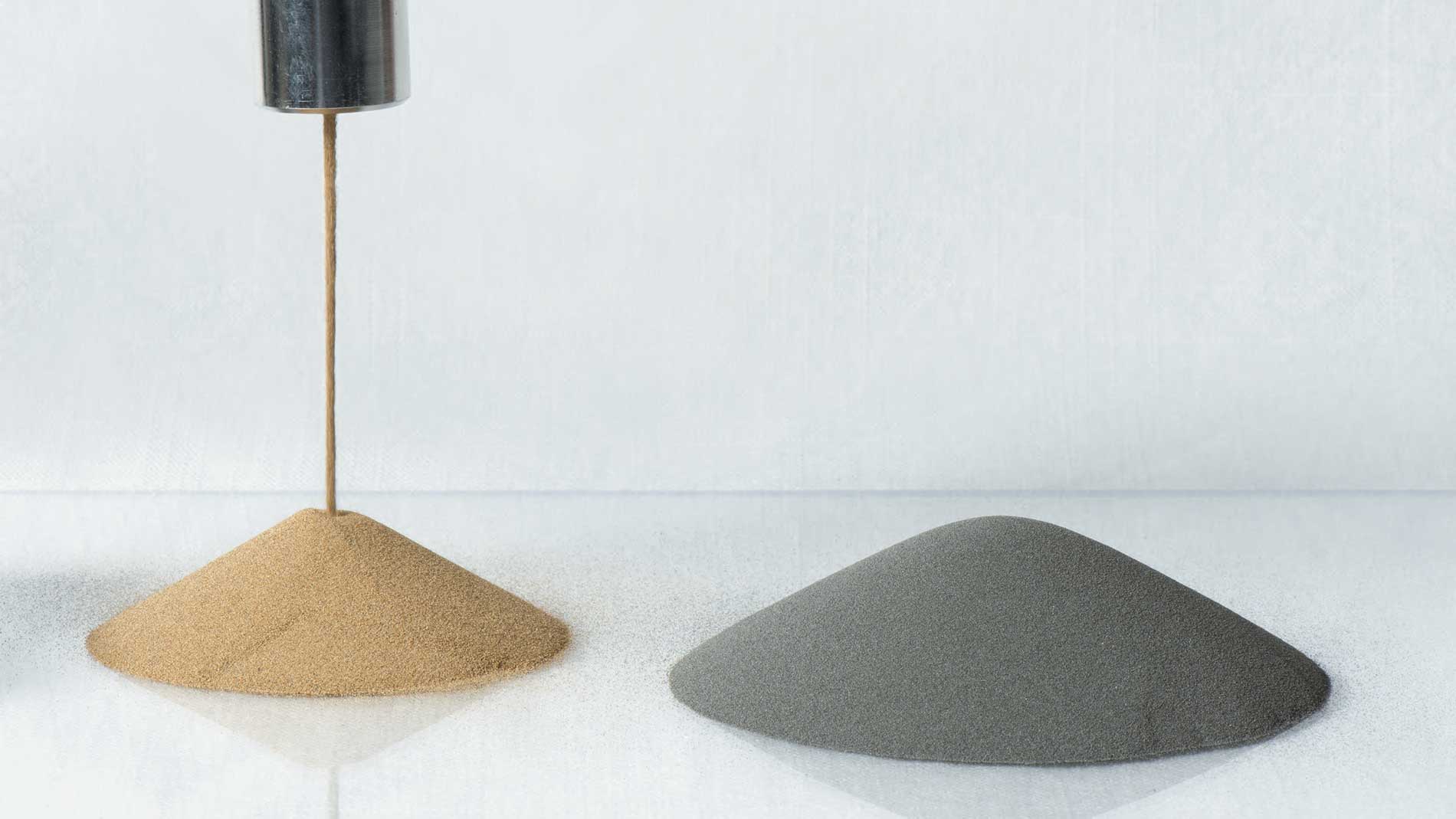16 May 2022
Linde announced it is developing a new, dedicated laboratory to advance the understanding of the parameters and behavior of atmospheric gases used in the manufacture of metal powders. As innovative additive manufacturing technologies have made significant advances to the process itself, the demand for novel metal powders has grown significantly. The new laboratory is due to become operational mid-2022.

While being vast in size, and requiring multi-million-dollar investments, standard metal powder atomizers are unsuitable for the observation and analysis of gas behavior as parameters are adapted.
The focal point of Linde’s new laboratory will be a much smaller scale version (1.60 meters high) of a typical atomizer with specially adapted windows, lighting, high-speed cameras and schlieren imaging allowing for surveillance and data capture of each change of gas parameter. It will not rely on the introduction of molten metal, instead using data from the simulated process to provide evidence of gas behavior under certain conditions. The different parameters to be assessed include gas type, volume of gas, pressure and temperature, with the miniature atomizer able to rapidly switch over to analyze hundreds of combinations within minutes.
The laboratory will enable Linde to develop new technologies to improve the atomization process – particularly increasing yield and process stability. Linde will also collaborate with powder manufacturers and OEMs to help them test specific gas behaviors on the test bench, allowing them to then scale up the results on their large atomizers.

“As demand grows for new metal powders, more research into the parameters of the gases which are integral to their manufacture is needed to ensure their role is optimized”, said Pierre Forêt, Associate Director Additive Manufacturing, Linde.
For the atomization of metals to create powders for Additive Manufacturing, a key challenge is to maintain a large volume of gas (2,000 cubic meters per hour), under high pressure (60 bar or higher) and temperature (up to 400⁰C), even for a short period of time. When adding in factors such as metal type and gas composition, the variable parameters are immense.
A further key variable is the nozzle design. Linde will offer powder manufacturers testing services to ensure optimal nozzle designs by 3D printing prototypes and testing them in the new lab.
Tags
- Materials
- Additive Manufacturing
